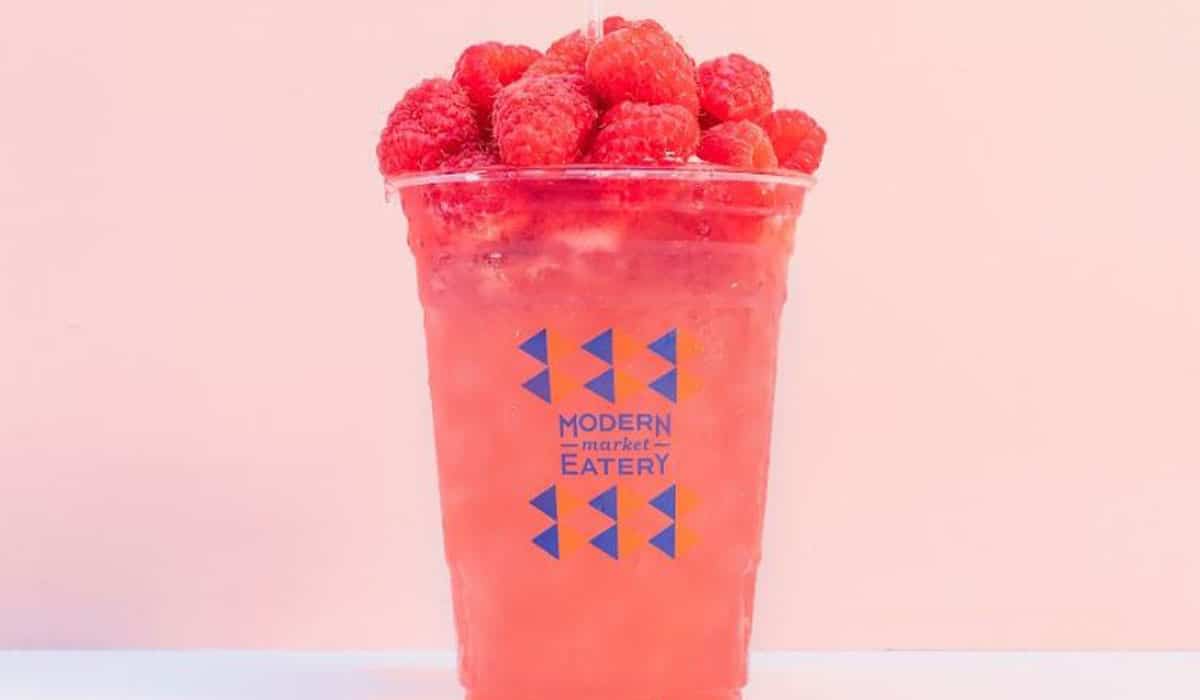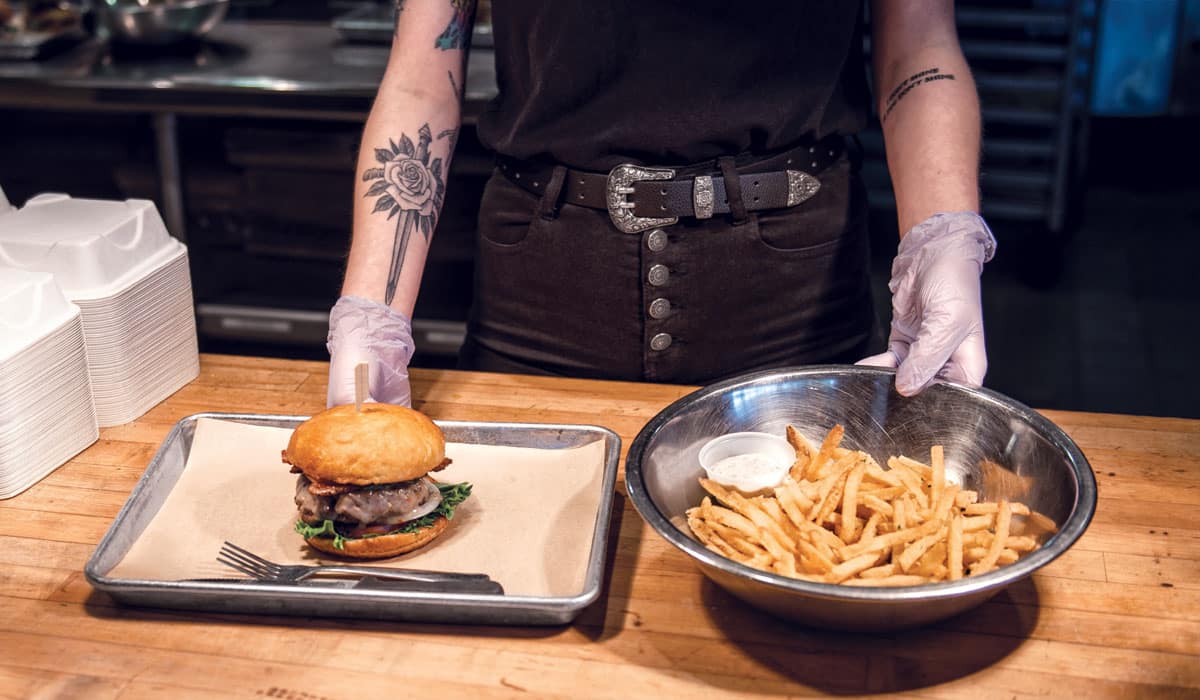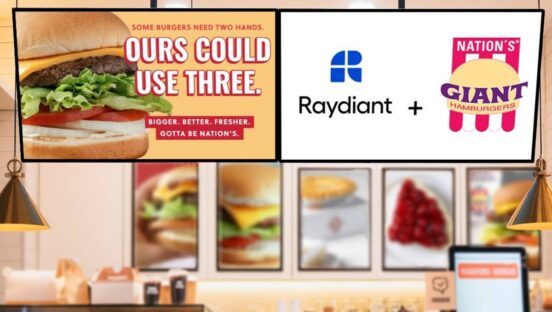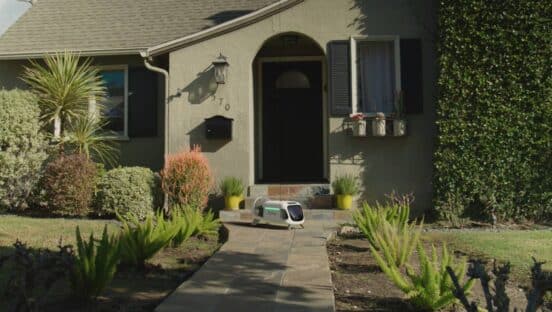Early in 2020, Hopdoddy CEO Jeff Chandler was optimistic about his brand’s status and trajectory. Business was good, and the Austin, Texas–based concept was ably carving a niche between the fast-casual and casual categories—one defined less by digital bells and whistles than by a high-quality food and beverage experience. The goal was to “allow our guests to enjoy and experience Hopdoddy at their pace, at their style, at their convenience, at the way that they choose to use us,” Chandler told QSR last January.
Of course, Chandler didn’t know at the time what lay around the corner, that a global pandemic would completely alter the definitions of pace, style, convenience, and usage. Or that some of the brand’s calling cards—great service, casual dine-in vibes, full bar—would become toothless for a period of time.
Like most other restaurants in America, Hopdoddy adjusted to the realities of the pandemic and clawed its way back to respectable sales, largely
with the help of a revamped digital strategy. And like at most other restaurants, the implications of that new digital prowess are staggering.
The human touch
Prior to the pandemic, only 12 percent of Hopdoddy’s service was conducted off-premises; those channels were more of a nice-to-have than they were a lifeline. But when COVID arrived in March, Chandler says, Hopdoddy immediately went through a top-to-bottom digital transformation to prop up the dramatic swing to off premises. That included a ramped-up curbside platform, which Hopdoddy facilitated through direct texts with customers, as well as a fresh look at the user interface of its digital platforms to ensure they were intuitive and seamless.
In time, Hopdoddy’s patios and geographic footprint throughout the Southern U.S. allowed it to re-establish its on-site experience to a limited degree. But the digital tools it developed to support the brand in the pandemic have given it a new lease on business. Chandler says the team is working to integrate communication even further into the brand’s digital ordering channels so it can more effectively engage with its guests, plus it’s considering developing tools like mobile order pickup windows. But in the spirit of giving guests agency over their experience, Hopdoddy is also thinking through how it can leverage digital ordering to facilitate the on-site experience.
“I think that’s the next evolutionary front for us, is the part of the technology stack that we built to handle our off-premises business—can we use it for on-premises?” Chandler says. “Is that going to be sticky? Is that what the guest is going to want on the other side of this, or are they going to want to see a re-engagement back to … hospitality with humans?”
LISTEN: Stream the conversation with Hopdoddy CEO Jeff Chandler below
Similar to Hopdoddy, McAlister’s spent the last year leveraging technology to enhance its service structure. The fast casual has long emphasized hospitality, with guests ordering at the counter and crewmembers walking the orders to tables when they’re ready. That service helped the brand do about 55 percent dine-in business prior to COVID-19.
But even before the pandemic, McAlister’s—part of the FOCUS Brands portfolio—was busy retooling its digital platforms, enhancing its loyalty platform, and expanding into more of an omni-channel approach to service. President Joe Guith says the goal was to expand convenience for guests, and COVID provided the perfect, albeit tragic, opportunity for McAlister’s to do just that. Indeed, the fast casual nearly doubled its number of service channels, from dine-in, carryout, catering, limited curbside, and third-party delivery to those plus direct delivery, expanded curbside, and tableside ordering via app.
Guith says McAlister’s was already considering tableside service as a way to increase throughput during peak traffic periods. “But in light of the pandemic, having less friction in terms of the experience of just coming in, sitting down, and basically ordering from the table—which is very similar to curbside in terms of placing your order and then entering a table number versus a parking space number—was something that was even more relevant now than it would have been even a year and a half ago,” he says.
The results of the tableside ordering have been encouraging. Guith says 85 percent of guests report they were satisfied with the speed of tableside service, and 67 percent say they’ll come back more for it. McAlister’s has more than doubled its digital sales during the pandemic, and increased its loyalty base seven-fold.

A closer connection
The pandemic has forced millions more Americans onto digital ordering platforms, and one of the massive advantages to this is that restaurants can collect far more information about them, and then craft the ordering experience according to that data.
“It’s greater guest intimacy,” Guith says. “We know better what you like and what you want, and can tailor those experiences and communications to you.”
LISTEN: Stream the conversation with McAlister’s president Joe Guith below
Sweetgreen’s thinking a lot more about the power of data, too. The salad fast casual with more than 100 locations across the U.S. has long been a leader in technological innovations; even before COVID, more than half of Sweetgreen’s sales came through digital channels. That included third-party delivery but also native delivery, mobile-order pickup, and its Outpost program, which stationed pickup locations in hundreds of office spaces and other sites near Sweetgreen stores.
But Daniel Shlossman, SVP of digital and growth at Sweetgreen, says that didn’t give the brand permission to coast in the pandemic. Rather, with the rest of the industry outpacing its previous innovation out of necessity, the pressure was on Sweetgreen to get ahead of the curve all the more. And Shlossman says the company’s primary goal in that regard is getting customers to order through Sweetgreen’s native channels—and meet them there with an even better experience.
“How do we make this new normal as efficient and seamless as possible?” he says. “And then we also look at … since everyone’s accessing our menu digitally now, how do we make that digital menu as personalized and as customized as possible for the customers?”
For Sweetgreen, the answer to that question was its Collections platform, a digital-only menu that was introduced last fall. Available online or through Sweetgreen’s app, Collections offers guests a curated list of menu categories designed to better steer their purchasing decisions. Lists will be added and adapted based on seasonal items and availability, and will eventually include menu recommendations unique to each user.
“As we understand you as a customer, what you like to order, we can direct you toward more things that you want to order and that are inherently going to create that closer connection between customer and us, and ultimately make them a happier customer,” Shlossman says, “which is good for everybody.”
Iterating for the future
While some of Sweetgreen’s pandemic initiatives have been very much of the future, some have also been distinctly rooted in the past. Case in point: The fast casual announced late last year that it would open its first drive-thru location in Highlands Ranch, Colorado, some time this year. But the new prototype isn’t so much an admission that quick-serve strategies are a better fit for the brand than its previous innovations as much as it is recognizing that the two can go hand in hand. The store will feature a pickup window for digital orders, as well as a drive-in component that’s also powered by digital ordering.
Shlossman says the drive thru is just another service iteration for Sweetgreen as it tries to figure out the best ways to conveniently serve its salads and bowls. “If you think about drive thru and being able to place your order ahead of time and being able to effectively have that Sweetgreen pickup experience but without having to get out of your car, that’s an enhancement,” he says. “That’s something that we believe people are going to enjoy, and that will ultimately drive growth for us.”
Sweetgreen isn’t the only brand to turn its eye toward drive thru because of COVID. The contactless nature of the outdoor lane plus the swift evolution of technology has drawn the attention of restaurants up and down the service spectrum. And over the last several months, the industry has seen a flood of renderings of post-pandemic prototypes from quick-serve and fast-casual leaders—everyone from Shake Shack to McDonald’s, and Qdoba to Taco Bell—as brands adapt to customer behaviors solidified by COVID-19. Virtually all of these renderings have drive thru as the centerpiece of future restaurants.
Smashburger likewise announced a digital transformation that will incorporate drive thru, as well as drive-up curbside service in which customers grab their food out of temperature-controlled cubbies. President Carl Bachmann says the brand has taken a “wide, not deep” strategy in its post-pandemic efforts, which has also included developing online and app-based ordering and partnering with third-party delivery. In developing the new store prototype, Bachmann says, the key was creating an efficient, understandable flow for the myriad ways guests could get their food.

“That’s really where our design focus is, getting people that easy access, in and out of the restaurant quickly,” he says. “The one thing people want is fast. We can’t sacrifice quality or experience for speed. So we really have to find a way to design these different avenues in our restaurant that creates a better flow.”
LISTEN: Stream the conversation with Smashburger president Carl Bachmann below
Smashburger’s digital orders were up 436 percent in 2020, and Bachmann says it will continue to lean into its proprietary channels, which he says give customers a more customizable and accurate experience. The better-burger brand isn’t abandoning the dine-in experience, which accounted for 55–60 percent of its business pre-COVID; in fact, its pandemic transformation includes a more comfortable dining room, an open kitchen, and city-specific murals. But the new prototype affords Smashburger the option of staying flexible with its real estate decisions. Bachmann says it will follow a hub-and-spoke approach that blends urban and suburban development, with bigger footprints in retail centers and smaller, off-premises-focused footprints that he likens to ghost kitchens.
“Maybe we could get into a place where we couldn’t before, where there’s a high-density population or high pedestrian or vehicle traffic,” he says. “And we’re able now, based on the strong takeout and delivery digital transformation, to build smaller-footprint restaurants, put them closer together, and really capture more consumers than we might have caught before.”
No flash in the pan
The digital transformation has completely revolutionized the notion of real estate, with kitchens suddenly becoming more important than dining rooms. And that’s given fuel to the fire for ghost kitchens, which were something of a novelty before COVID-19 but are now valid growth opportunities for brands and launchpads for virtual concepts.
Capriotti’s was already investing in virtual concepts and ghost kitchens before COVID-19. That included partnerships with ghost-kitchen companies like REEF, which uses mobile kitchens in parking lots around the U.S. to serve food via takeout and delivery, as well as proprietary virtual concepts served out of Capriotti’s own kitchens.
David Bloom, chief development and operations officer at the Las Vegas–based sandwich concept, says the company recognized the potential of digital tools a few years ago and has spent time developing relationships with partners, integrating its systems, and optimizing its operations. Pairing its ghost-kitchen strategy with delivery and curbside, Capriotti’s was able to quickly return to positive sales after COVID struck.
Bloom sees these strategies not as silver bullets but more as arrows in the quiver—options for Capriotti’s and its franchisees as they examine growth potential. “We look at the market and say, ‘Where are we going to do retail locations? Where are we going to do ghost kitchens? Where does that make sense for us to work with REEF or Cloud Kitchens or Kitchen United?” he says. “This is part of our market optimization. How should we develop Nashville or any market? It’s a combination of ghost kitchens, licensing deals, and retail. I think mobile kitchens are coming next, for colleges, universities, and stadiums. That’s part of the mix.”
Even as Capriotti’s rolls out more virtual concepts, Bloom is cautious about the broader industry approach. He thinks the celebrity-driven virtual brands that pop up at hundreds of host kitchens simultaneously might be more of a flash in the pan than long-term strategy.
Dog Haus is one brand that has proven virtual concepts could be a viable long-term solution.
The Pasadena, California–based fast casual developed a portfolio of virtual concepts, The Absolute Brands, that leverage Dog Haus’s existing menu and ingredients. While the concepts were in the works prior to COVID, they had yet to launch, and the brand’s partners rushed three of them to market in the wake of the coronavirus: chicken-sandwich concept Bad Mutha Clucka, plant-based Plant B, and Bad Ass Breakfast Burritos.
Served out of corporate and franchised Dog Haus locations, The Absolute Brands almost single-handedly became the engine that the brand needed to get to positive sales in 2020. The company ended the year up 1.5 percent in same-store sales, but even better were the last six months of 2020, which saw a 13.75 percent increase compared with the same period in 2019.
A quarter of Dog Haus’s 50 locations were up 25 percent or more in those six months. One Chicago location was up 147 percent.
Dog Haus partner André Vener says delivery now accounts for 60–70 percent of sales, and that sales from the virtual concepts account for anywhere between 10 and 40 percent of sales per store, and 25 percent systemwide.
“If we didn’t have The Absolute Brands, we might be still in the negative [sales] category,” Vener says. “We have to give the credit to the launch of those brands.”












